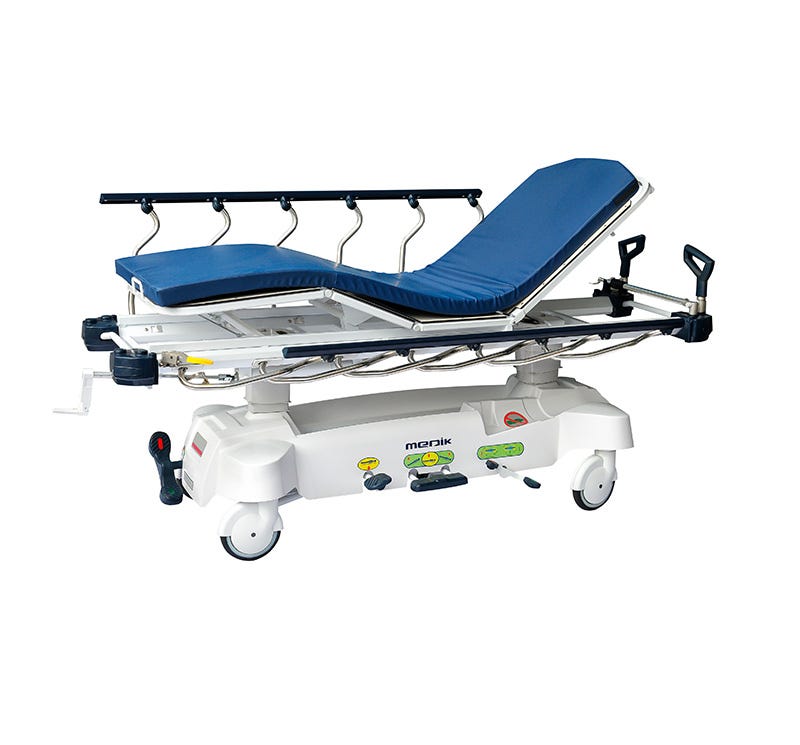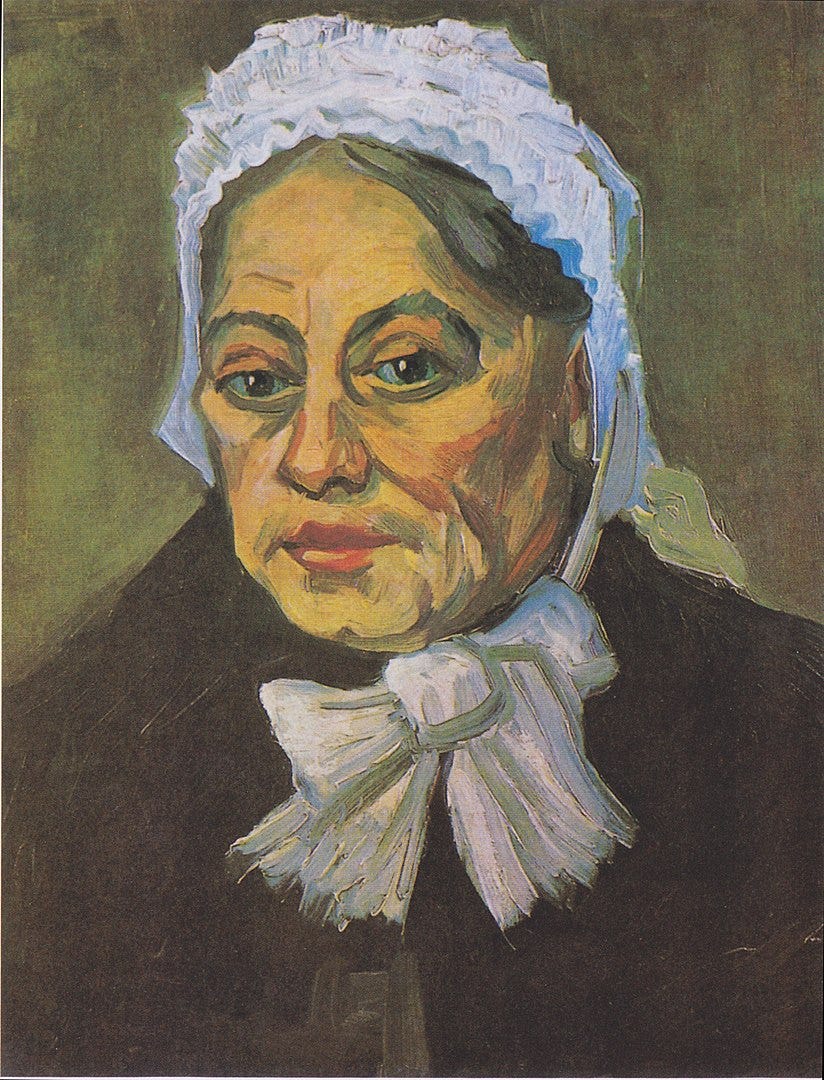On Tuesday, October 15, I had a tracheostomy. A surgeon cut through my neck into the trachea (windpipe) to allow air to fill my lungs. After creating the tracheostomy opening in the neck, she inserted a cannula (tube) through it to provide an airway.
Two remarkable things happened before the surgery.
The DNR Order
My wife Kathi looked at my electronic health record the morning before the procedure. She noticed that my Do Not Resuscitate (DNR) status had been changed the night before the procedure from do not defibrillate me or perform CPR’ to ‘do everything.’
I do not want the surgical team to resuscitate me because, first, I’m ready to die. More importantly, I fear that resuscitation would succeed in keeping me alive at the cost of injuring my heart, lungs, or brain, as happened to this woman who was resuscitated despite having a DNR order.
We have yet to find out who changed my record or why. Kathi was able to get the chart corrected, but if she had not noticed this and the surgery had gone badly, it could have been a disaster. Discuss what you want with your doctors, and have a signed order attached to your medical record. Second, if you are going into surgery, you should ensure that the surgeon and her team know your preferences.
What’s the Surgical Plan?
The second remarkable event began with a disagreement among the team carrying out the surgery. I don’t know how common such disagreements are, but I do know that it is uncommon for the patient to hear them.
As I described in my last post, I was getting the tracheostomy done on the advice of an ENT surgeon who was worried that because my cancer had restricted my airway, I was at risk of choking to death. When I consented to the surgery, the surgeon said that she planned that I would be awake—but highly numbed—during the procedure.
Surgical teams often include anesthesiologists as well as surgeons. The night before the procedure, an anesthesiology resident on the team visited my bedside and said that the surgical plan was to intubate me. That is, they wanted to thread a tube past my tumour down my airway. The tube would allow the anesthesiologists to put me to sleep during the procedure so that I would be unconscious while the surgeons were cutting my throat.
I told the resident that the surgeon had described an awake procedure. He said, more or less, that “we know how to do this,” shrugged, and left.
When the time came for the operation, I was placed on a gurney, and a porter rolled me down to the Operating Room (OR) suite. The porter parked me in the lobby, and the anesthesiology team gathered around me. After asking the same questions about medications and allergies that I had answered on dozens of questionnaires, they described how the surgery would go.
The surgical plan they described was the intubation plan that the resident had discussed with me the night before. I assumed this meant the anesthesiologists had met with the surgeon, and the plan reflected a consensus between the specialists.
Then, they rolled me down to the OR. The surgeon met us at the OR door, angry as a wet hen, as my mother used to say. It appeared that she had just learned that the anesthesiologist had a different plan.
The surgeon’s view was that the tumour was so large that it would be dangerous to occlude my airway further with the tube. The anesthesiologist said they would be carefully monitoring me for this possibility. The surgeon asked whether anyone in the anesthesia team had looked at my throat. Well, no one had. She pointed out that she had done an endoscopy two days previously, and that was why they were doing an urgent tracheostomy. The anesthesiologists backed down; the plan was to do an awake surgery.
What was striking was that this argument happened at the door of the OR while I was lying on the gurney listening. I was already frightened about the surgery; hearing the doctors arguing about whose plan was most dangerous was remarkably unhelpful.
How could the doctors debate the risks of surgical plans in the presence of a frightened patient?
It’s possible that they forgot I was there. I can’t speak and hadn’t participated in the discussion. The doctors coded their arguments in medical jargon; perhaps they thought I couldn’t understand their discussion.
Maybe they believed that I couldn’t hear them. When some people learn that I can’t speak, they start shouting into my ear; there seems to be an implicit belief, even among doctors, that people who can’t talk are also deaf.
However, the root cause of this problem is a critical shortage of ORs, surgeons, and anesthesiologists. No one believes they have time to pause for a meeting to reach a consensus.
The surgeon won the argument: I had an awake procedure. Perhaps you can imagine what it is like to feel the surgeons pressing on the trachea--a tough tissue--with their sharp knives. It felt more like they were punching through leather than cutting flesh.
Today
I’m now in a hospital ward devoted to post-tracheostomy care. Life goes on.











Thank you, Bill, for your ongoing reports.
God bless you in your care. When I experience stories like that of Kathi finding the DNR error, I wonder about what happens to "normal" people without knowledgeable loved ones.
In prior surgeries, I have received valium as an anxiolytic. I'm not sure if it has gone out of fashion, but I have found that taking 5mg about 30 minutes prior to surgery was effective.
Continued prayers,
George
Oh, Bill—what an ordeal! Bless you for redeeming the difficulties by sharing your experiences and offering helpful advice. (I thought it was “one and done” but I will remind friends to check the status of their wishes before each procedure!)
I guess you also gave feedback to the hospital? I’m glad your surgeon advocated for the best procedure but the team’s discussion in your presence was unprofessional and unhelpful, especially as it added to your stress.
I continue to pray for you.